
This gallery contains 1 photo.
Here are a few of our favorite photos from the Discovery Hill Learning Center at Austin Independent School District:


This gallery contains 1 photo.
Here are a few of our favorite photos from the Discovery Hill Learning Center at Austin Independent School District:
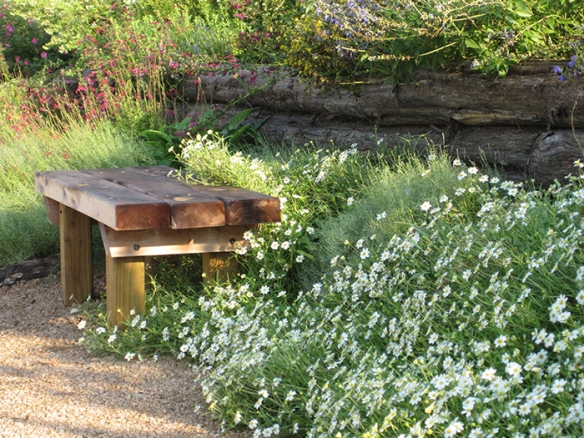
What a peaceful place to enjoy nature.The native plants we planted at the Discovery Hill Learning Center last spring are really filling in and look beautiful–just in time for school!
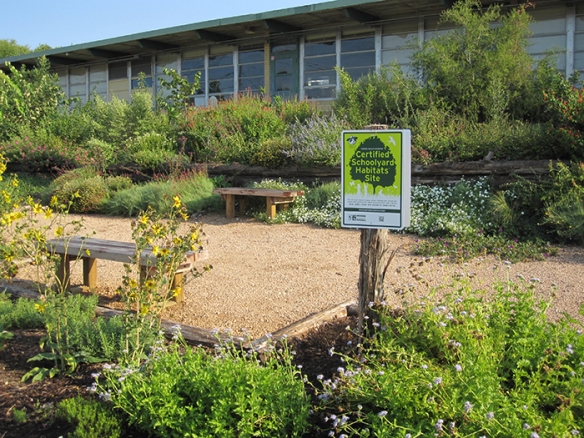
Hundreds of schoolchildren will be using the outdoor classroom this year to learn their regular curriculum by observing nature. Hands-on learning and student-led investigation can lead to academic improvement and higher standardized test scores in reading, mathematics, science and problem solving. Plus it is fun! What a great way to learn.
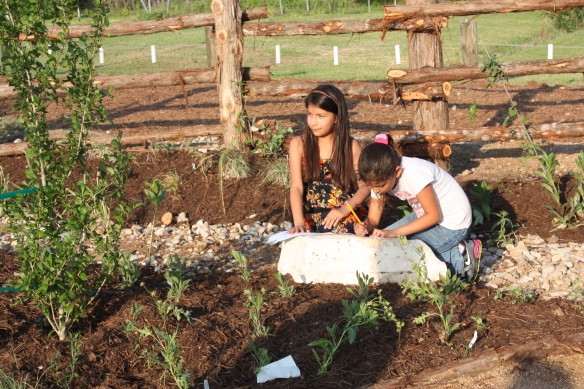
Curious about the plants pictured above or adapting the curriculum for outdoor learning? You can have your questions answered at the Open House on September 21st.
National Wildlife Federation has worked for decades to connect children and youth with nature, inspiring children through Ranger Rick magazine, working with educators to get kids learning outdoors through projects such as the new Discovery Hill habitat (a.k.a Rocks to Roots), and helping parents find new ways to engage their children outside. That’s why we loved this article for educators, “YOU CAN GET YOUR STUDENTS OUTSIDE — and Still Meet Your State Standards” recently posted on the Children & Nature Network.
The author provides cheap tips for educators (and parents) to help connect children with nature while increasing student’s achievement levels and decreasing behavior issues:
Is There a Window in Your Classroom?
If the answer is yes, you have an opportunity to invite the rich world of birding into your student’s lives. Once birds “find” the food source, you will have an inspiring way to discuss the changing seasons, patterns of migration, habitat, and the list will grow as your students find ways to use this fascinating new science tool to explore and understand their world.
The ideas in the article are easy to do and, in some cases, completely free.
You can also join NWF’s Be Out There campaign on Facebook to learn about other fun ideas! You will get family-friendly tips to motivate your family to spend time outdoors all year round. If you are having troubles getting your older kids to unplug, this insightful Forbes article may help.
Good luck with your first day of school and stay tuned for more information about Discovery Hill, Austin’s first demonstration schoolyard habitat!
We hope you took a moment this week to do something good for our planet in honor of Earth Day.
We’ve spent the past couple weekends putting in native plants. Upon completion, over 150 different native Texas species will make up this habitat – a veritable wildlife buffet!
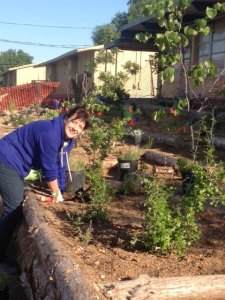
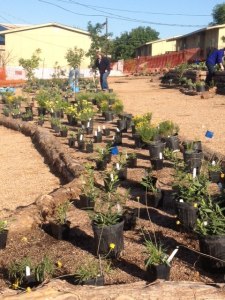
Why are native plants such a good idea? Native plants are an important addition to any wildlife garden. They are well adapted to survive in a particular geographic area according to the climate, soils, rainfall and availability of pollinators and seed dispersers. Because they are indigenous to a specific region, native plants usually require less maintenance and are welcomed by wildlife, serving an important role in the local ecosystem.
How can I learn more about native plants in Texas? There are a number of wonderful resources for learning more about native plants in your area. The Lady Bird Johnson Wildflower Center has a helpful database of native plants. Another great organization is the Native Plant Society of Texas.

This gallery contains 7 photos.
We have terrific volunteers hard at work installing the NWF-AISD Demonstration Wildlife Habitat. Our February 23rd crew did a great job finishing the infrastructure of the habitat. We had 25 volunteers including toddlers at our March 23rd National Wildlife Week … Continue reading